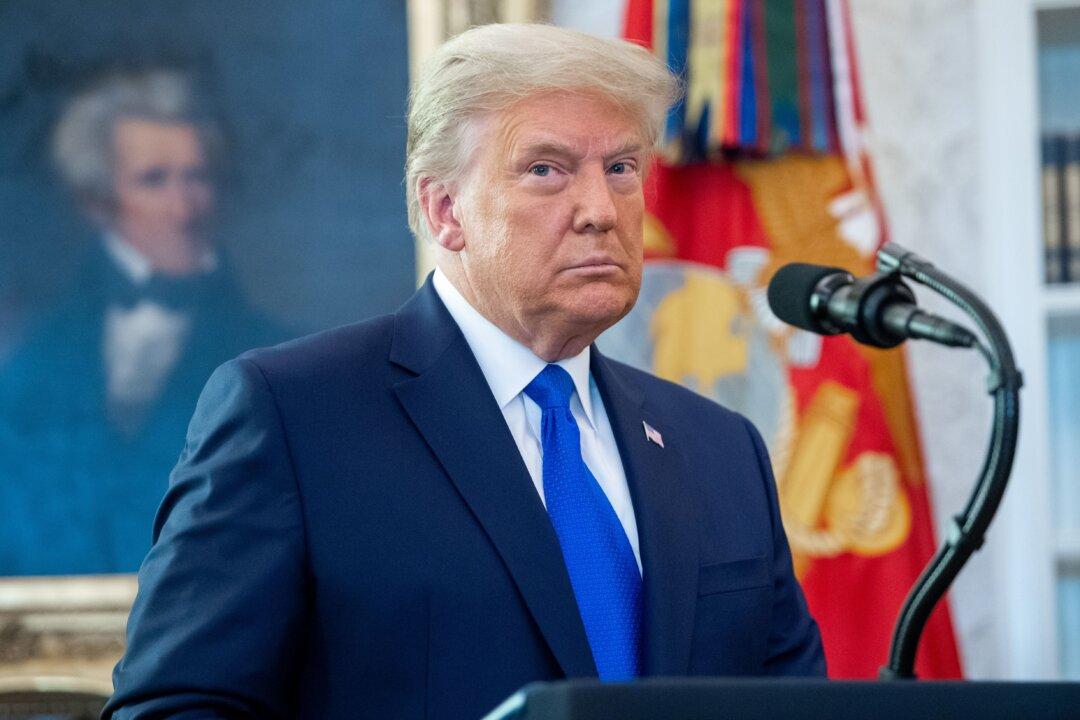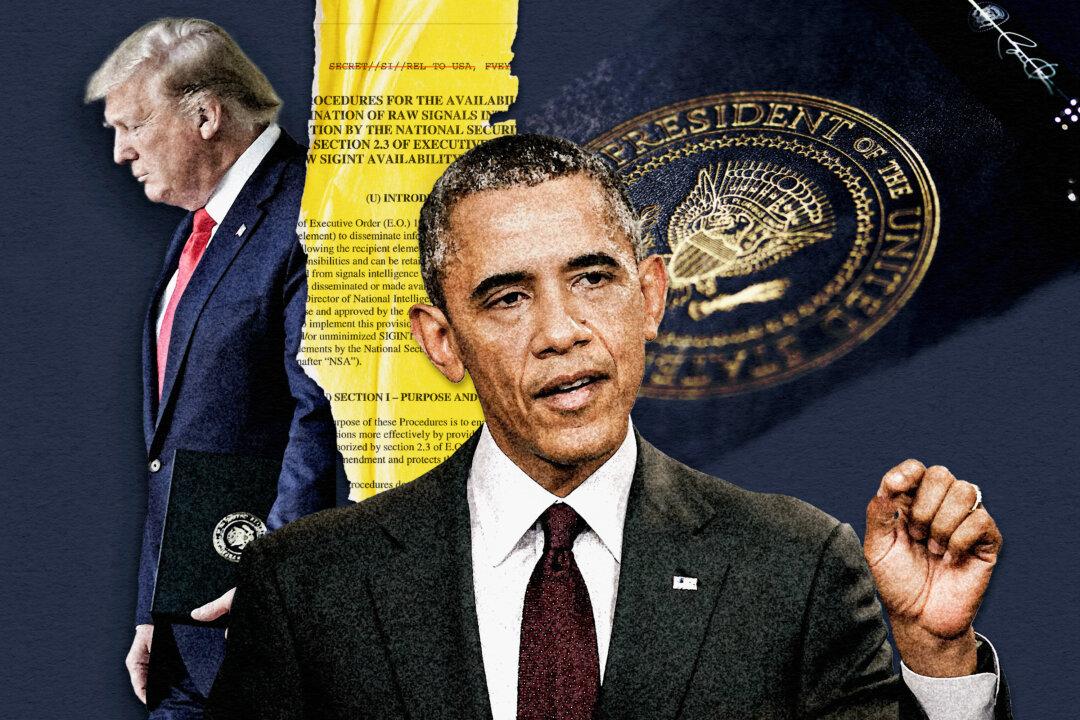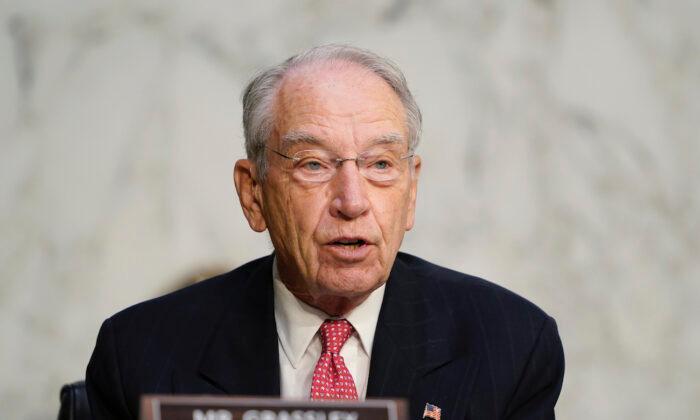The House Intelligence Committee voted Sept. 28 to release a number of transcripts taken from interviews during its investigation of 2016 election interference by Russia. The move by the committee was previously disclosed in a Sept. 16 interview by committee Chairman Devin Nunes (R-Calif.) on the Fox Business show, “Sunday Morning Futures with Maria Bartiromo.”
At this point, no firm date has been set for a release of the transcripts, although the wait isn’t expected to be lengthy. Transcripts approved for release will now go to Dan Coats at the Office of the Director of National Intelligence for a declassification review.
“I was urging my former colleagues and, frankly speaking, the people on the Hill … ‘Get as much information as you can. Get as much intelligence as you can before President Obama leaves the administration. ...
“The Trump folks, if they found out how we knew what we knew about the Trump staff’s dealing with Russians, that they would try to compromise those sources and methods, meaning we would no longer have access to that intelligence. … That’s why you have the leaking.”
Note that Farkas said “how we knew” not “what we knew.” A crucial distinction.
Hillary Clinton’s campaign manager, John Podesta, was interviewed the following day, on June 27, 2017. He would be interviewed a second time on Dec. 4, 2017.
- John Carlin, assistant attorney general and former head of the Department of Justice (DOJ)’s National Security Division—July 27, 2017
- James Clapper, former director of national intelligence—July 17, 2017
- Marc Elias, partner at the law firm Perkins Coie and head of its Political Law practice—Dec. 13, 2017
- Mike Gaeta, head of the FBI’s Eurasian organized crime unit—Dec. 20, 2017
- David Kramer, senior director for human rights and human freedom at the McCain Institute—Dec. 19, 2017, and Jan. 10, 2018
- Loretta Lynch, former attorney general—Oct. 20, 2017
- Andrew McCabe, former deputy FBI director—Dec. 19, 2017
- Susan Rice, former national security advisor to Obama—Sept. 6, 2017
- Sally Yates, former deputy attorney general—Nov. 3, 2017
There are two elements that make this interview list notable. The first is the inclusion of interviews from those higher up the political echelon—such as Clapper, Rice, Yates, and Lynch.
The second element of interest is the names missing due to internal decisions to withhold their transcripts. Two of the withheld transcripts relate to two congresspeople: Rep. Dana Rohrabacher (R-Calif.) and Rep. Debbie Wasserman Schultz (D-Fla.).
The remaining transcripts being withheld are those from closed hearings with former CIA Director John Brennan, former FBI Director James Comey, and former NSA Director Mike Rogers. The final withheld transcript relates to the committee’s approval of their final report.
Another interesting item of note is that neither special counsel Robert Mueller nor any members of his team have seen or reviewed any of the interviews. Conaway noted: “He’ll ask for it if he wants to. He’s a big boy.”
Important to note in this process is the fact that DNI Coats had yet to review any of the transcripts for declassification prior to the decision to withhold transcripts for Comey, Brennan, and Rogers.
The transcripts of Comey, Brennan, and Rogers, originating from closed hearings, may inherently contain some classified information. But the decision to withhold didn’t pertain to any decision from Coats regarding declassification issues.
Reasons other than issues of declassification may exist for the withholding of those three rather significant transcripts. One possible explanation might reside with the ongoing investigations by DOJ Inspector General Michael Horowitz and U.S. attorney John Huber—who was tasked by Sessions to investigate potential abuse of power by the FBI and DOJ.
He continued: “It was well beyond my mandate as director of CIA to follow on any of those leads that involved U.S. persons. But I made sure that anything that was involving U.S. persons, including anything involving the individuals involved in the Trump campaign, was shared with the bureau.”
Brennan’s role in events preceding the 2016 presidential election is deserving of further investigation.
“I wouldn’t call it a discrepancy. I’d call it an honest difference of opinion between three different organizations and in the end, I made that call. … It didn’t have the same level of sourcing and the same level of multiple sources.”
Rogers’s testimony may well provide additional implication of Brennan and Comey.
As Sessions noted, the IG “has almost 500 employees, most of which are lawyers and prosecutors—and they are looking at the FISA process.”
Inspectors general have no prosecutorial power. But they can refer people for prosecution. Which is precisely why Huber and his team are in place.







